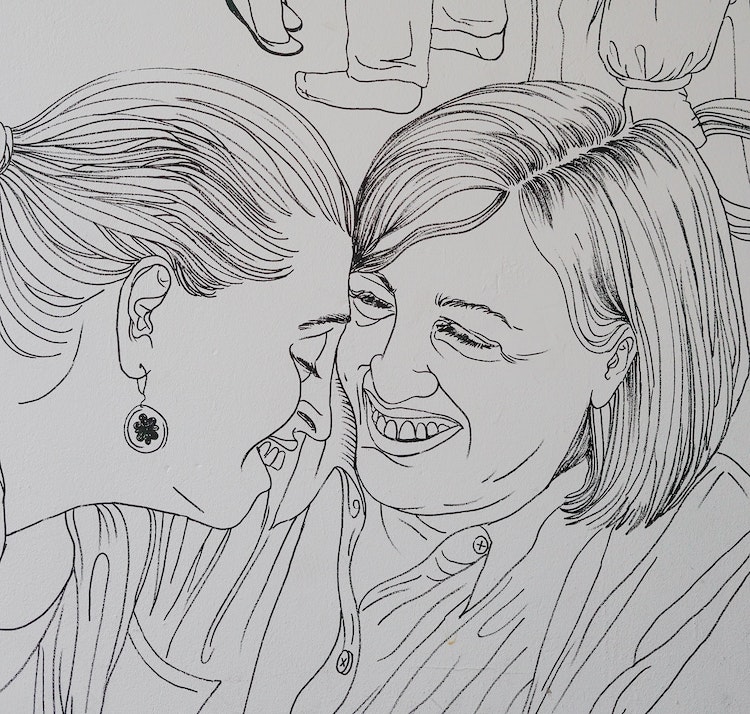

Varying how long you draw encourages you to rethink your approach to capturing the whole image! Find Your Contour InspirationĮxplore the entire PMA Collection online and find an artwork that speaks to you.

What are the differences? Keep it going and mix it up, adjusting and playing with the amount and sequences of time (2 minutes, 5 minutes, 1 minute or 5 minutes, 2 minutes, 1 minute or any combination that works best for you). Compare your drawing to the original image, then do another contour drawing for 2 minutes-less time, so you should be working more quickly-and compare it to your 5 minute drawing. Notice how they all have different perspectives and approaches-it’s so interesting to see how others approached the task!ĭo the contour drawing for 5 minutes as outlined above. Walk around to look at everyone’s drawings. If you did your drawing with friends or family members, try placing your contour drawings face-up around the room. What do you think? What was easy? What was difficult? What route did your eyes take to draw this image? Look at your drawing and compare it to the image you based it on. Take 5 minutes or so to create your first contour drawing (put a timer on your phone if it's easier), and then pencils down. No peeking! Your hand will follow where your eyes go. Keep your focus on the artwork you’re inspired by, looking closely at the lines in the image. The two most important things to remember are: use one continuous line and no looking at your paper as you draw. Some famous artists who have used contour drawing include Alexander Calder, Egon Schiele, and many more.Īll you need is a pencil and some paper! Any size paper will do, but sometimes bigger is easier at first. It helps us to look closer at an image, and especially draws our attention to the lines within an image. Remember, to do the exercise successfully, no peeking (at the paper) is allowed.īelow you can see the results I achieved by drawing my hand after I had performed the blind contour exercise (which means I glanced from hand to paper), which proved to me that it does work! You can really change your beliefs when you experiment and try things out for yourself.Contour drawing uses one, continuous line to capture what you see.

The most common exercise used to practice pure contour drawing is to draw your own hand. The left side of our brain is too busy, it's the part we use all the time and it relies on stuff we already know - whether it is correct or not!
A contour drawing how to#
The point of the exercise is to learn how to access and use the right side of your brain which helps you accurately observe and portray your subject. Blind contour drawing is a really important activity that beginner artists need to engage in, to lead them towards their goal of drawing successfully.īlind contour drawing is the process of drawing the edge of an object without looking at the paper.Īt first, it's hard to understand what on earth you gain from this but as with everything we learn, the more we practice, the more things fall into place and make sense in our minds.


 0 kommentar(er)
0 kommentar(er)
